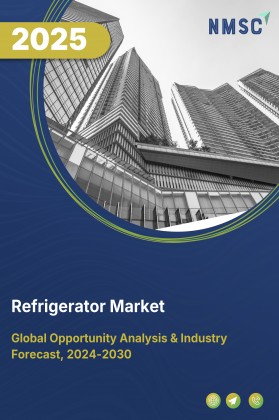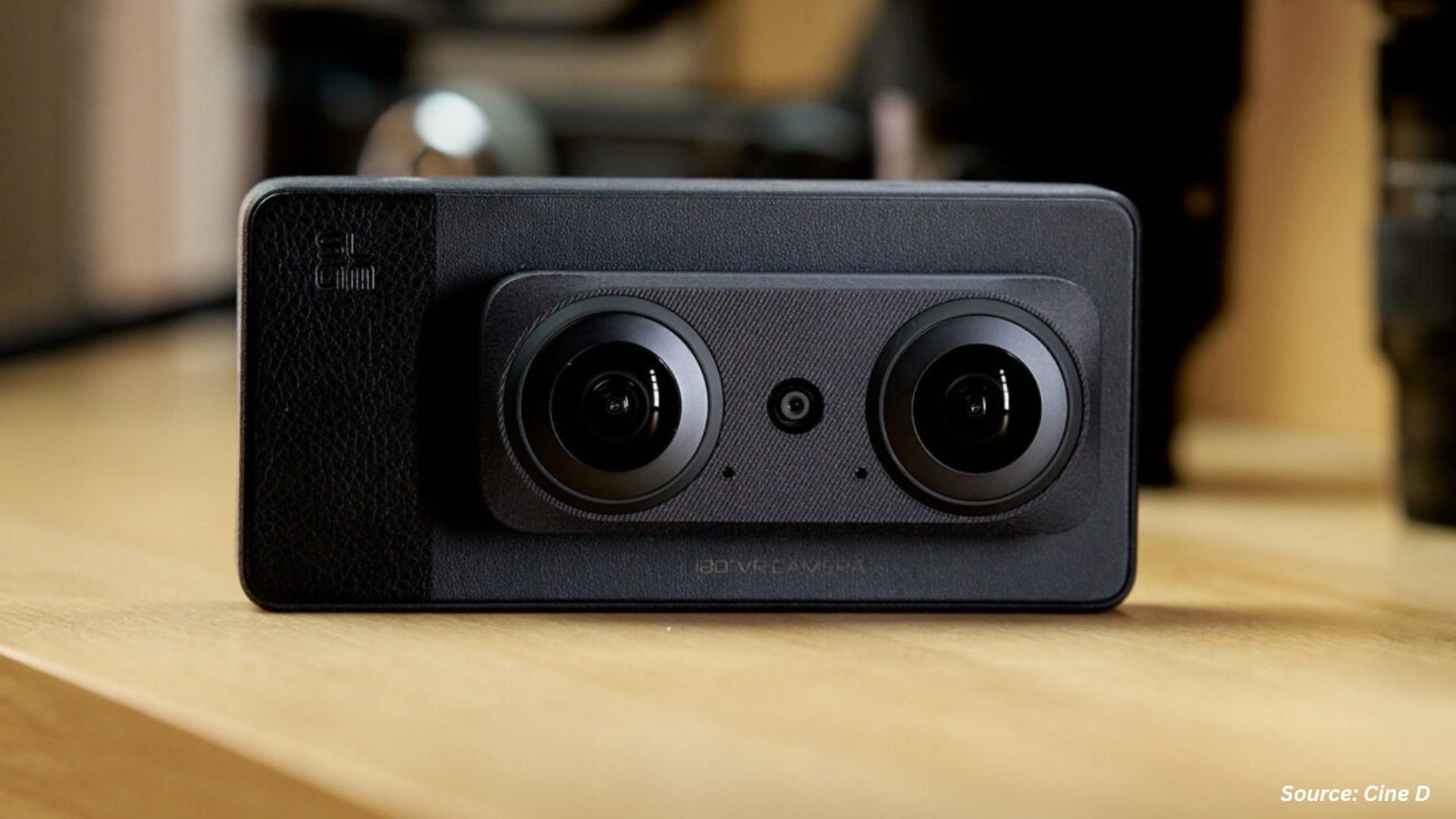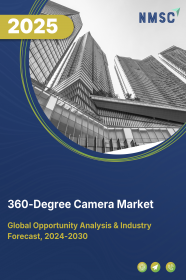
360-Degree Camera Market by Component (Hardware, Other Hardware, Software, Services), by Connectivity Type (Wired, Wireless), by Resolution Type (High Definition (HD), Ultra-High Definition (UHD)), by Camera Design (Single-Lens, Dual-Lens, Multi-Lens), by Usage Type (Personal, Professional, Commercial), by Power Source (Battery-Operated, AC Powere, Power-over-Ethernet (PoE)), by Price Range (Low, Medium, High), and Others – Global Opportunity Analysis and Industry Forecast 2025–2030
Industry Overview
The global 360-Degree Camera Market size was valued at USD 1.83 billion in 2024 and is predicted to reach USD 2.32 billion in 2025 and is expected to continue its growth trajectory, reaching USD 7.66 billion by 2030, with a CAGR 27% from 2025 to 2030. Factors such as the rise in immersive virtual experiences, the growing adoption driven by social streaming, and the increasing use in security and surveillance are key market trends enhancing the growth potential of the market.
Nevertheless, the high cost related to advanced panoramic camera continues to restrict wider market penetration. Conversely, the adoption of AR and VR in automotive surround-view and industrial integration presents a significant future opportunity.
To capitalize on these dynamics, industry participants are prioritizing enhancements in real-time stitching algorithms, wireless live-streaming functionality, and ultra-high-resolution optics to maintain a competitive market share.
As enterprises and content creators increasingly emphasize immersive imaging and interactive surveillance, omnidirectional cameras are reshaping visual content creation workflows, security architectures, and VR content creation pipelines driving sustained industry growth.
The Rise in the Immersive Virtual Experiences Propels the 360-Degree Camera Market Growth
The rapid uptake of virtual-tour platforms and VR/AR applications is a primary catalyst for the market’s growth potential. Industries such as real estate, tourism, and entertainment are increasingly deploying 360° cameras to create immersive imaging that enhances user engagement and drives higher industry share for panoramic solutions.
For example, Security.org, a Centerfield Media Company report estimates that 53 million U.S. adults owned VR systems as of January 2024, with up to 14 million more planning to purchase in the following six months indicating over 20% growth potential in consumer-level ownership of immersive technologies.
Capitalizing on this momentum, key industry players are introducing cutting-edge solutions to meet the growing demand for immersive imaging. For instance, Kandao Technology developed the QooCam 3 Ultra camera in August 2024 that captures 8K video at 30 frames per second and 96-megapixel panoramic photos as this market trend continues, stakeholders can expect further expansion dictated by evolving content-creation workflows, reduced hardware costs, and broader VR/AR platform integration.
The Growing Trend of Social Streaming Fuels Adoption & Boosts Market Growth
Social streaming integration has elevated 360° cameras from specialized equipment to essential business tools. By enabling real time, immersive broadcasts on leading platforms, companies and influencers alike drive audience engagement and brand visibility.
For instance, according to Social Media Curve, Live video has secured an impressive 23% share of the global viewing time, marking a substantial achievement for the live streaming industry. By continuously aligning product capabilities with real world streaming demands, this feedback loop is fast tracking 360° camera uptake, enhancing market differentiation, and laying the groundwork for sustained industry growth.
Security & Surveillance Drives the Uptake of 360-Degree Camera Boosting Growth of the Market
Panoramic surveillance has become indispensable for enterprises seeking seamless, end-to-end monitoring of large facilities ranging from logistics hubs and retail complexes to transportation terminals and critical infrastructure. This can be related with the report by the International Trade Administration stated that global B2B ecommerce market reached USD 21.01 trillion in 2022 and is predicted to reach 36.16 trillion by 2026 that makes a rise of 72% from 2022.
These omnidirectional systems eliminate blind spots, enabling centralized command centers to track multiple zones simultaneously and respond more quickly to incidents. As regulatory pressure mounts for tighter security standards, 360-degree cameras are fast cementing their role as a core component of modern surveillance architectures.
Coupled with the integration of AI-powered analytics such as automated behavior recognition and anomaly detection their growth potential extends beyond mere video capture to proactive threat mitigation. For instance, The U.S. Department of Homeland Security’s Science & Technology Directorate is actively developing panoramic, ceiling-mounted 360° video systems for immersive situational awareness, citing applications in crowd monitoring and public safety.
High Cost Related to Advance 360-Degree Camera Hinders Market Growth
The extravagant cost related with superior VR camera that come with latest features such as multiple lenses and high-resolution sensors restricts potential buyers and businesses, particularly small enterprises, hindering the 360-degree camera market expansion.
The rise of the AI Driven Computer Vision Creates Future Opportunity
AI powered computer vision represents a transformative opportunity for the 360° camera market by converting panoramic footage into actionable intelligence. Advanced algorithms can automatically identify objects, track movement patterns, and generate real time alerts for anomalies shifting the value proposition from passive recording to proactive insight.
For instance, insta 360 has launched Insta360 X5, its latest flagship camera with advancements in image quality, durability, and user-friendly AI features that powers a new AI-powered low-light mode called PureVideo that aims to deliver clearer footage in challenging lighting conditions.
Market Segmentations and Scope of the Study
The 360-degree camera market report is segmented based on connectivity type (wired and wireless), resolution type (high definition and ultra-high definition), camera design (single-lens, dual-lens, and multi-lens), usage type (personal, professional, and enterprise/industrial), power source (battery-operated, AC powered, and power-over-ethernet), price range (low, medium, and high), component (hardware, software, and services), distribution channel (direct and indirect sales including e-commerce, retailers, and resellers), and vertical (media & entertainment, consumer/individual, military & defense, travel & tourism, automotive, commercial, healthcare, industrial, and others), across regions including North America, Europe, Asia-Pacific, and Rest of the World (RoW).
Geographical Analysis
North America holds a substantial 360-degree camera market share, driven by advanced technology adoption and a robust ecosystem of virtual reality (VR) and augmented reality (AR) startups. The region’s high investment in immersive imaging and VR content creation particularly in the U.S., fuels demand across sectors such as real estate virtual tours, cinematic VR, and surveillance.
Notably, at ISC East 2024, Axis Communications launched the AXIS P3747 PLVE and P3748 PLVE AI powered panoramic network cameras—offering seamless 360° coverage and on edge analytics, purpose built for wide area security and law enforcement surveillance in North America.
Additionally, companies in Silicon Valley and tech-forward states are exploring AI-powered post-production stitching for high-resolution outputs, making the region a hub for hardware-software convergence.
Europe's industry is shaped by stringent data protection regulations (GDPR) and strong emphasis on sustainable electronics. Countries like Germany, the UK, and France are leading in professional photography and industrial imaging deployments. The region is witnessing a rise in immersive imaging trends, especially in tourism and cultural preservation such as 360-degree virtual museum tours.
For instance, Nokia launched the world’s first 5G 360° camera for industrial use in December 2024, that provides 8K streaming of low-latency high-resolution 360° video coupled with spatial audio over 5G, Wi-Fi, and Ethernet connectivity, reducing the need for multiple cameras across industrial sites.
Overall, Europe’s balanced growth stems from a combination of professional use cases, regulatory support, and rising enterprise applications for wireless 360-degree streaming. This reflects a broader regional shift toward integrating 360° imaging into both operational and experiential workflows.
Asia-Pacific is the fastest-growing region in the 360-degree camera market, with countries like China, Japan, South Korea, and India driving demand. Chinese OEMs are scaling production through partnerships with social media platforms and video-sharing apps to promote immersive content formats.
For instance, Kandao, a leading Chinese 360°-camera OEM, entered a partnership with DeoVR in May 2025, that allows users to seamlessly upload Kandao Qoocam-shot 360° and 3D VR videos directly to DeoVR, making immersive content more accessible and shareable on social media–style platforms.
Meanwhile, The Seoul Metropolitan Government plans to install 10,657 AI-enabled surveillance cameras by 2026, with 4,748 deployed by the end of 2024, targeting high-crime areas like parks and hiking trails.
In India, Maharashtra’s Governor-approved budget authorized installation of CCTV systems in Thane, Amravati, and Nanded cities. This rapid integration of immersive imaging technologies across both consumer and public sectors underscores Asia-Pacific’s pivotal role in shaping the future of the global 360-degree camera market landscape.
In the Rest of the World, including Latin America, the Middle East, and Africa, the 360-degree camera market is still in early growth stages but shows notable potential. Government-led smart city initiatives in the UAE and Saudi Arabia are integrating 360-degree surveillance systems for urban monitoring and transport safety.
Latin American markets are witnessing uptake in virtual tourism content for heritage sites and eco-tourism destinations. Industrial deployment in sectors like mining, oil & gas, and manufacturing is rising, particularly in safety monitoring and remote inspections using durable, power-over-Ethernet 360-degree cameras. While consumer adoption remains limited due to price sensitivity, B2B and institutional demand is growing. These regions are expected to see increasing market penetration as affordability improves and localized content becomes more relevant.
Key Development Strategies Adopted by the Key Players of the Industry
Various market players operating in the 360-degree camera industry and continue to adopt various strategies including product launches to maintain their dominance in the market.
-
Insta360 has launched Insta360 X5, its latest flagship camera, as the successor to last year’s X4. The company highlights the X5’s advancements in image quality, durability, and user-friendly AI features.
-
January 2024, Xiaomi launched the 360-home security camera, designed for enhanced home surveillance. The launch of such product enhances the home security by delivering high-definition video, AI-driven human detection and comprehensive coverage, ensuring users monitor their surroundings effectively.
-
Insta360 launched two new AI-powered 4K webcams, the Link 2 and Link 2C, aimed for enhancing video conferencing and live streaming experiences.
Key Benefits
-
The report provides quantitative analysis and estimations of the industry from 2025 to 2030, which assists in identifying the prevailing 360-degree camera market opportunities.
-
The study comprises a deep-dive analysis of the current and future 360-degree camera market trends to depict prevalent investment pockets in the industry.
-
Information related to key drivers, restraints, and opportunities and their impact on the industry is provided in the report.
-
Competitive analysis of the key players, along with their market share is provided in the report.
-
SWOT analysis and Porters Five Forces model is elaborated in the study.
-
Value chain analysis in the market study provides a clear picture of roles of stakeholders.
360-Degree Camera Market Key Segments
By Component
-
Hardware
-
Sensors
-
Processors
-
Memory Devices
-
Batteries
-
-
Other Hardware
-
Software
-
Services
By Connectivity Type
-
Wired
-
Wireless
By Resolution Type
-
High Definition (HD)
-
Ultra-High Definition (UHD)
By Camera Design
-
Single-Lens
-
Dual-Lens
-
Multi-Lens
By Usage Type
-
Personal
-
Professional
-
Commercial
By Power Source
-
Battery-Operated
-
AC Powered
-
Power-over-Ethernet (PoE)
By Price Range
-
Low
-
Medium
-
High
By Distribution Channel
-
Direct Sales
-
Indirect Sales
-
Retailers
-
E-commerce
-
By Vertical
-
Media & Entertainment
-
Consumer/Individual
-
Military & Defense
-
Travel & Tourism
-
Automotive
-
Commercial
-
Retail/Supermarkets
-
Offices
-
Airports/Transport Hubs
-
Warehouses/Logistics
-
-
Healthcare
-
Industrial
-
Manufacturing/Production Plants
-
Oil & Gas
-
Mining
-
Food & Beverages
-
-
Others
By Region
-
North America
-
The U.S.
-
Canada
-
Mexico
-
-
Europe
-
The UK
-
Germany
-
France
-
Italy
-
Spain
-
Denmark
-
Netherlands
-
Finland
-
Sweden
-
Norway
-
Russia
-
Rest of Europe
-
-
Asia-Pacific
-
China
-
Japan
-
India
-
South Korea
-
Australia
-
Indonesia
-
Singapore
-
Taiwan
-
Thailand
-
Rest of Asia-Pacific
-
-
RoW
-
Latin America
-
Middle East
-
Africa
-
Key Players
-
Insta360
-
Ricoh360
-
Panasonic
-
YI Technology.
-
Kandao
-
Matterport
-
Sony
-
Z-Cam
-
HY Innovation
-
Trisio
-
Wodsee electronics
-
Kodak
-
Xiaomi
Report Scope and Segmentation
|
Parameters |
Details |
|
Market Size in 2025 |
USD 2.32 Billion |
|
Revenue Forecast in 2030 |
USD 7.66 Billion |
|
Growth Rate |
CAGR of 27% from 2025 to 2030 |
|
Analysis Period |
2024–2030 |
|
Base Year Considered |
2024 |
|
Forecast Period |
2025–2030 |
|
Market Size Estimation |
Billion (USD) |
|
Growth Factors |
|
|
Countries Covered |
28 |
|
Companies Profiled |
15 |
|
Market Share |
Available for 10 companies |
|
Customization Scope |
Free customization (equivalent up to 80 working hours of analysts) after purchase. Addition or alteration to country, regional, and segment scope. |
|
Pricing and Purchase Options |
Avail customized purchase options to meet your exact research needs. |




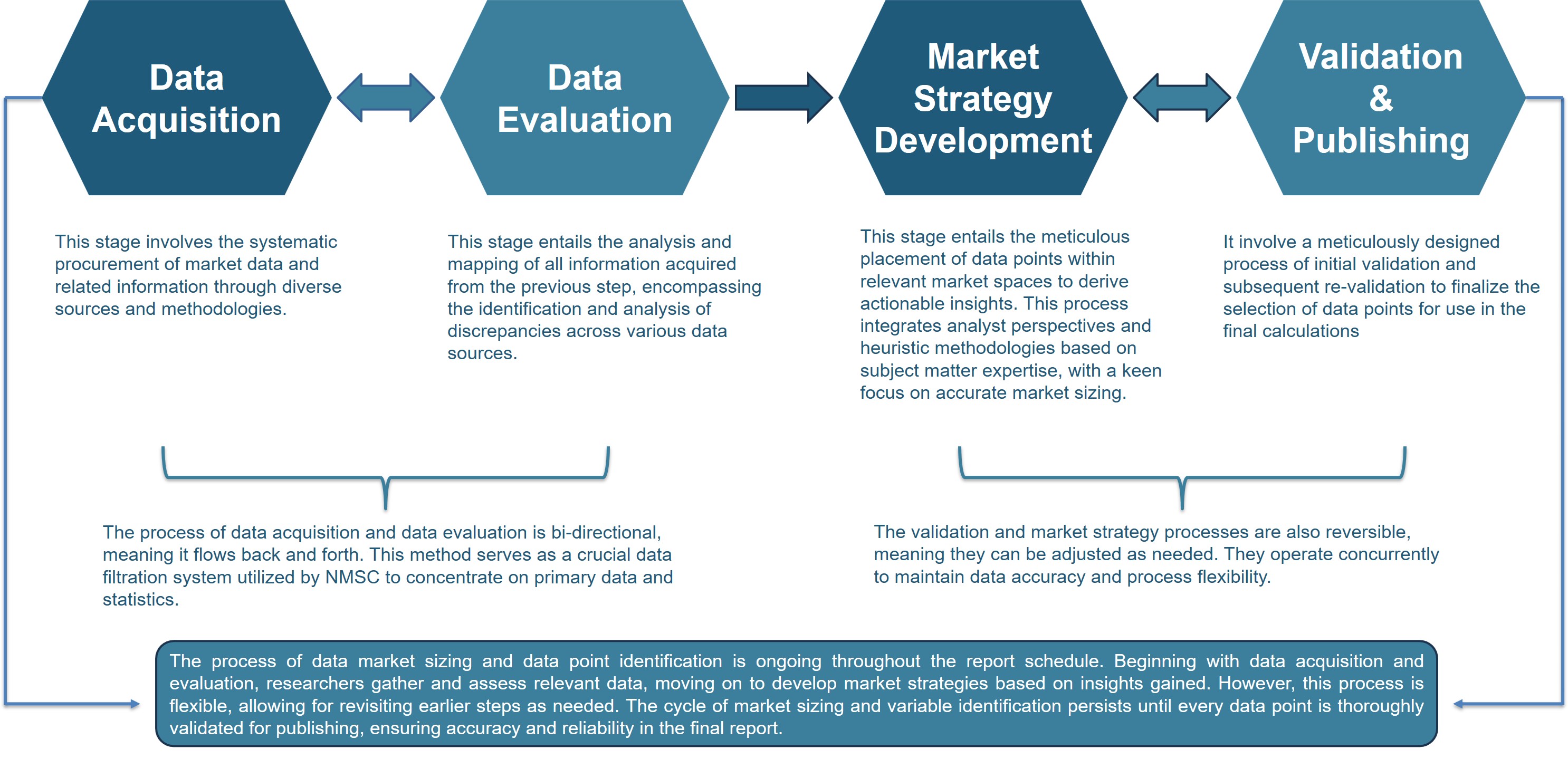




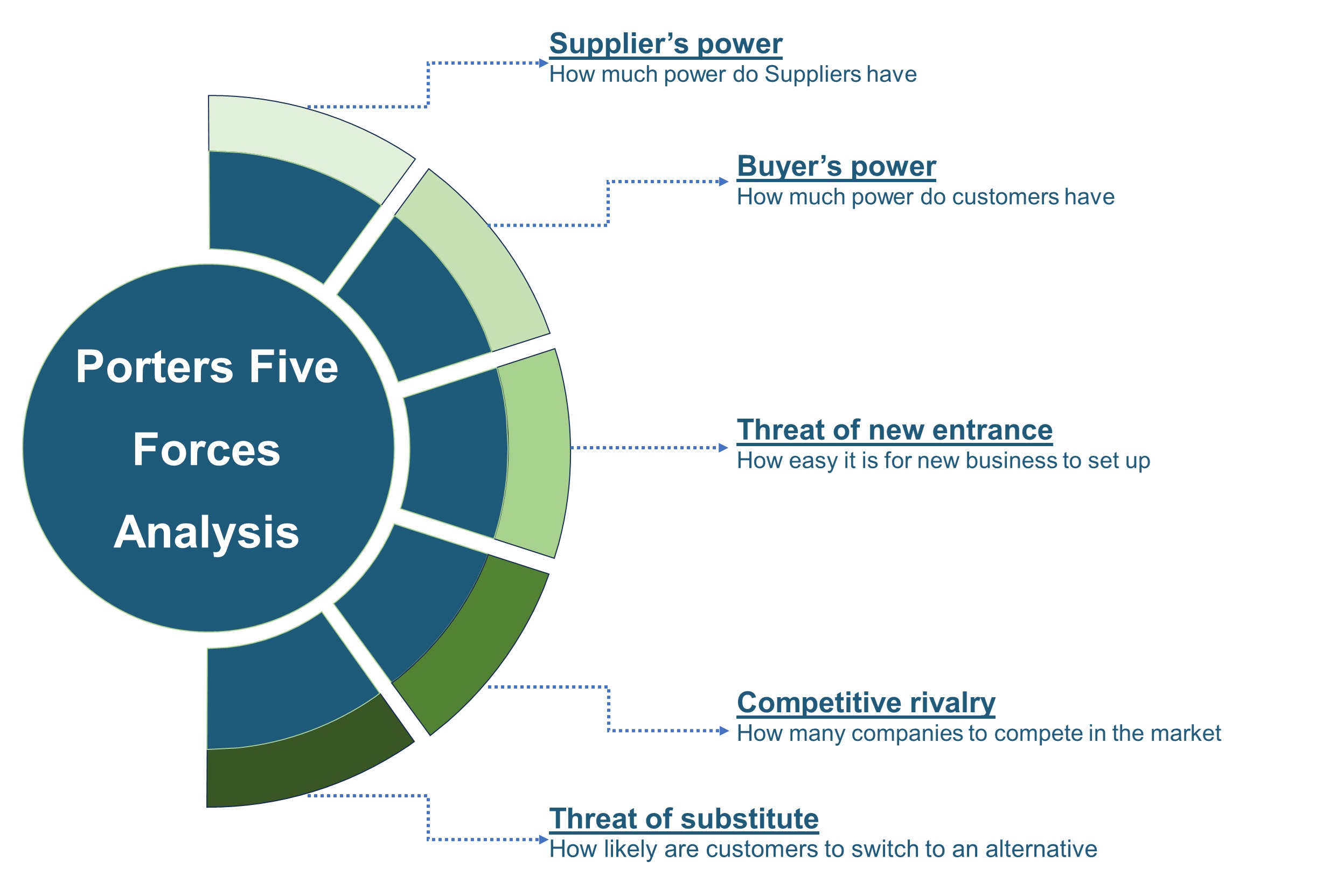







 Speak to Our Analyst
Speak to Our Analyst





